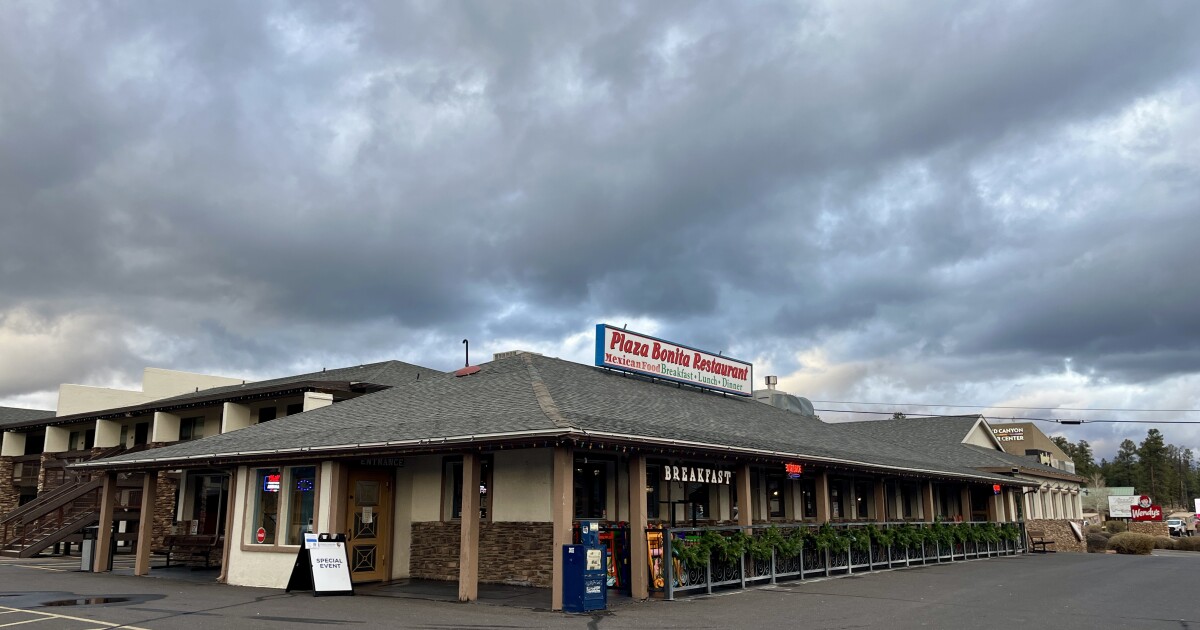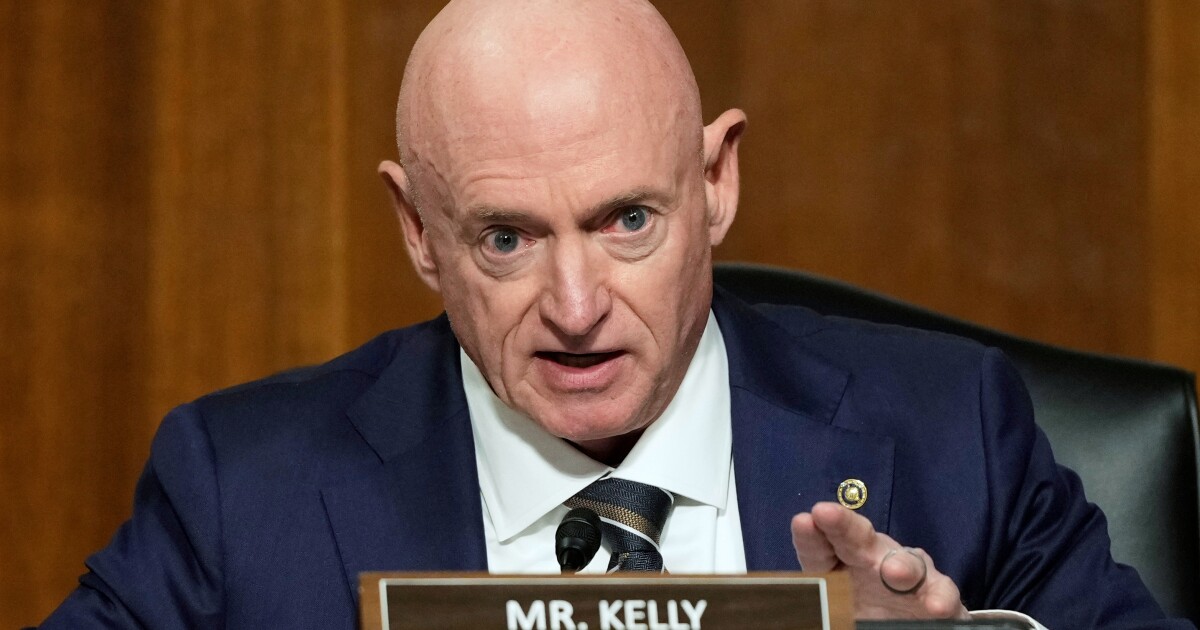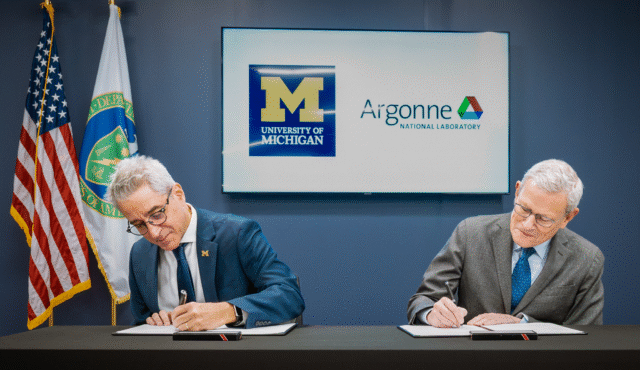Amidst the sprawling grasslands of the San Rafael Valley, musicians battled against the elements under a pop-up tent close to the U.S.-Mexico border, drawing a crowd eager to engage with the pristine wilderness.
With rolling prairies reminiscent of the American Midwest, the landscape evokes images of bison roaming freely. “To me, it reminds me of the midwestern states of the United States,” commented Austin Nuñez, chairman of the Tohono O’odham Nation’s San Xavier District. “It’s just prairie, prairie grass, prairie lands, rolling hills, and I can just imagine when the bison were roaming through here.”
The expansive sky islands on the horizon are crucial biodiversity zones, home to endangered species like jaguars, named by Tohono O’odham schoolchildren and elders. This region, nearly 60 miles from the Tohono O’odham Nation’s border, holds deep ancestral significance. Nuñez recalls his mother’s tradition of crafting baskets from yucca plants gathered here.
“So we have that relationship with nature, and if it wasn’t for nature, we as humans probably wouldn’t survive. We wouldn’t be here,” he expressed.
‘A continent-wide border wall’
Previously spared from construction during the Trump administration, the Arizona-Mexico border, which saw 230 miles of a 30-foot steel bollard wall built, now faces changes. Earlier this year, a new 27-mile segment was approved, and construction commenced in September.
Russ McSpadden from the Center for Biological Diversity noted, “You know, this was a place that we really crossed our fingers would not get a contract during the first Trump administration, and it didn’t.”

Fisher Sand & Gravel from North Dakota was granted a contract exceeding $309 million to expedite the wall’s construction, following a federal law waiver led by Homeland Security Secretary Kristi Noem. This waiver bypassed numerous laws, intending to facilitate the wall’s completion from the Pacific to the Gulf of Mexico.
“From the Pacific Ocean to the Gulf of Mexico, so the entire width of the continent of North America between those two points,” McSpadden commented. “Never before, I think, have they made so clear that their intention is a continent-wide border wall.”
More deer than people
The Department of Homeland Security asserted that the San Rafael wall was essential to curb illegal crossings and drug trafficking. However, Eamon Harrity from the Sky Island Alliance contradicts this, highlighting that their 75 trail cameras only capture around five people monthly, many of whom are non-threatening.
Harrity stated, “That’s not per camera, that’s across all cameras. And roughly half of those people are recreators, Border Patrol, hunters and hikers.”
Instead, the cameras frequently capture wildlife, with deer sightings alone reaching about 200 per month. “It’s roughly 44 times as many deer as people per month on our cameras,” Harrity added.
Despite small wildlife corridors aiding some species, larger animals like jaguars face significant challenges. Harrity’s research indicates an 86% drop in animal crossings due to the wall.
“We know from recent evidence from this year, 2025, that jaguars are moving through the Huachuca mountains right where the construction will pass,” he noted.
In the valley, Kii’yaa’nii Ross delivered a speech, emphasizing the cultural and environmental impact of the wall, “Mother Earth and water are not just resources that we need to survive. They are sacred beings that my Indigenous people and ancestors have always been in connection with and respected.”
Myles Traphagen of the Wildlands Network remarked on the wall’s inevitability, emphasizing the importance of preserving its historical significance. “All we can do is appreciate it for what it is now, and make sure that this cultural memory and historical memory is not lost. So that people know that this is not a normal time, this is not a normal thing to do to the land,” he stated.
—
Read More Arizona News










